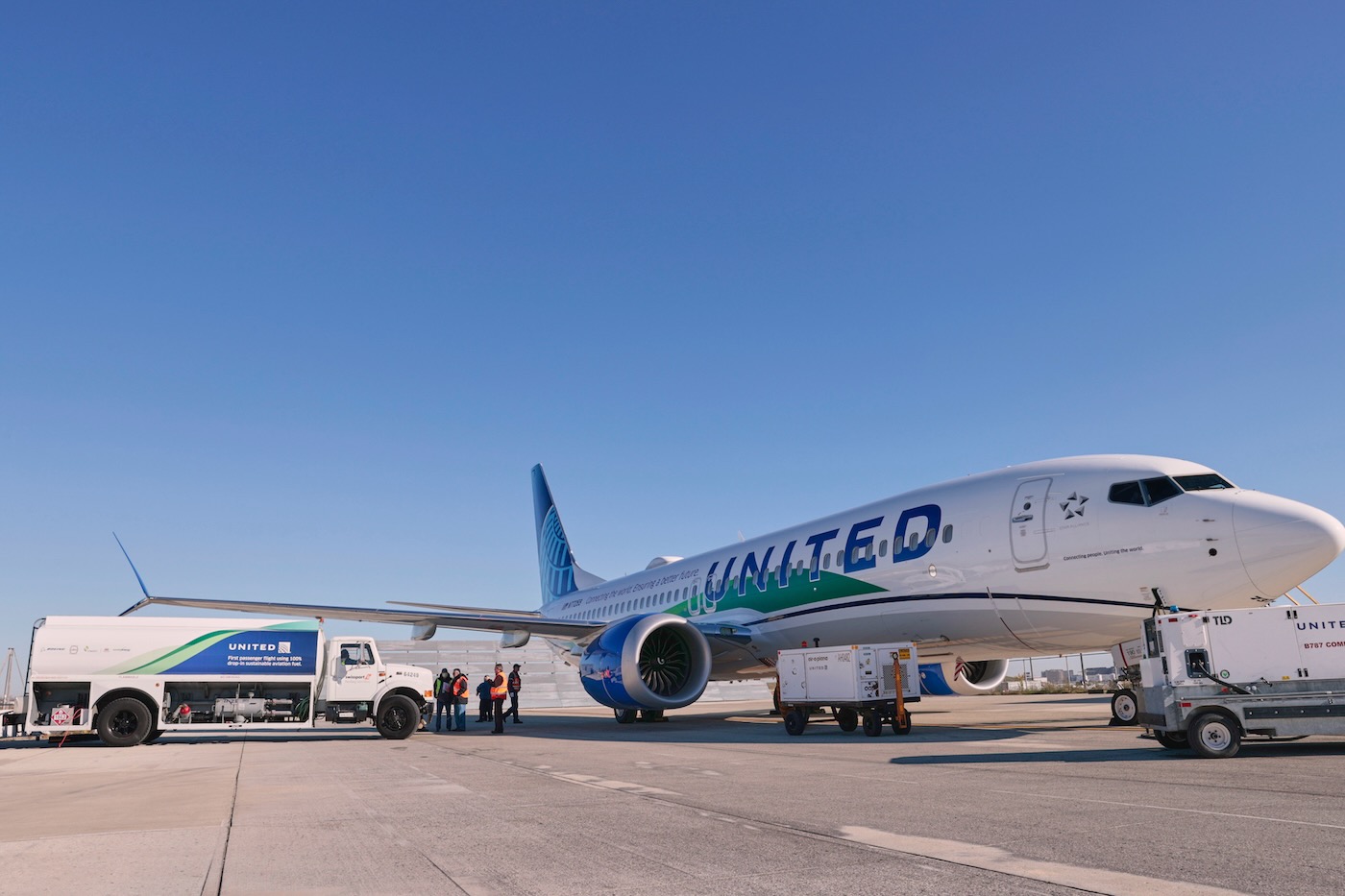Log-in here if you’re already a subscriber
In the second of a two-part series, The Air Current explores what it will take to transition to use of 100% SAF as a tool for achieving aviation’s net-zero goals. Part one explained how SAF is approved for use in aircraft and assessed for sustainability and detailed the differences between certain types of SAF, including biofuels and e-fuels.
As it charts a course to net-zero carbon emissions, Airbus is setting its long-term sights on hydrogen, but like most of the aviation industry it has embraced sustainable aviation fuel (SAF) as the most practical way to reduce emissions in the near term. So it’s fitting that in late March, Airbus’s A380 test aircraft MSN1 — the same one that will soon be transformed into the ZEROe hydrogen demonstrator — was first used for a flight test campaign that saw one of its four Rolls-Royce Trent 900 engines powered by 100% SAF.
The A380 is the third Airbus commercial aircraft to fly using 100% SAF, following demonstration flights with the A350 and A319neo in 2021. Boeing airliners have also flown with 100% SAF, most visibly a 777 Freighter during a demonstration with FedEx Express in 2018, and the 737 Max 8 that carried a full load of United Airlines passengers from Chicago to Washington, D.C. in December last year.
Today, SAF is approved for use in all aircraft in blends of up to 50% with conventional jet fuel, but Airbus and Boeing are both aiming for routine commercial operations using 100% SAF by 2030. Unlike some of the more ambitious decarbonization strategies involving hydrogen or battery electric flight, that’s not perceived as an unrealistic goal. Yet, getting there will require more than just flight demonstrations.
“SAF” is not a single fuel type, and each variation of it involves a different set of technical, economic and sustainability trades. Behind the scenes of their high-profile demos, OEMs and fuel suppliers are working to understand how various forms of SAF affect different aircraft and engine types, and how to safely certify fully synthetic fuels as complete replacements for Jet A — both now and in the years ahead.
Continue Reading...Subscribe to Continue Reading
Our award-winning aerospace reporting combines the highest standards of journalism with the level of technical detail and rigor expected by a sophisticated industry audience.
- Exclusive reporting and analysis on the strategy and technology of flying
- Full access to our archive of industry intelligence
- We respect your time; everything we publish earns your attention


